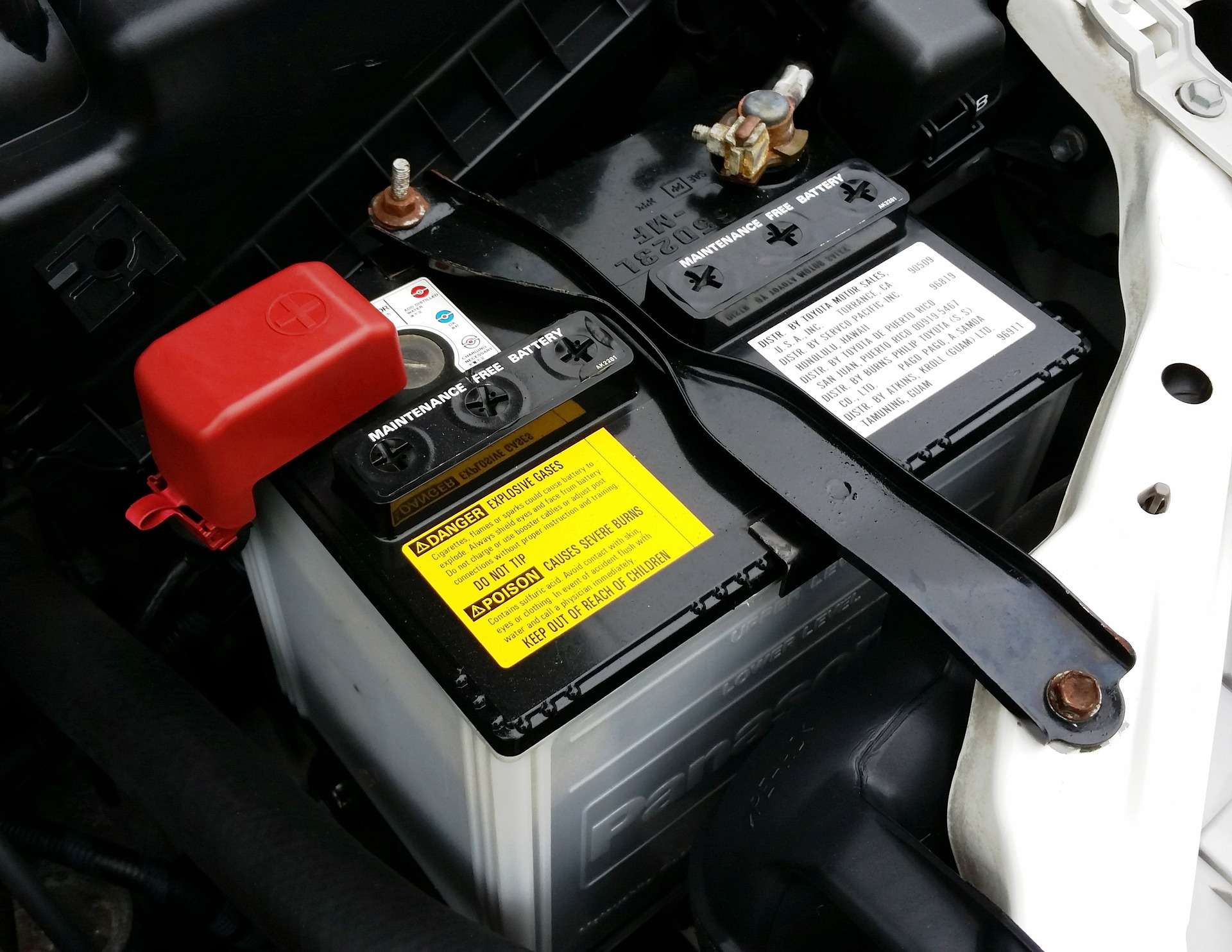What Does Reverse Polarity Mean On A Battery Charger?
To save money and help extend the life of your battery, you can rely on a trusty battery charger. However, during the charge, you might jumble the cables and instead position the wrong cables on the inappropriate terminals. This could result in reverse polarity damage.
Before we answer the question ‘What Does Reverse Polarity Mean On A Battery Charger’, we need to define reverse polarity and explore its relationship with the battery charger.
Table of Contents
What is Polarity?
Polarity is the state of a system when it exhibits opposite physical properties at different points, for example electrical and magnetic properties. This term is usually used in magnetism, electricity and in electronic signaling.
During the production of electric current between two poles or points, one of the poles has a greater number of electrons while the second pole has fewer.
The first pole having more electrons will have a negative polarity, whereas the second pole with less number of electrons will have a positive polarity.
The electrical current is produced when you connect both the poles with a conductor, such as a copper wire. The electrons will then flow from the negative terminal to the positive terminal.
This causes the electrical current, which flows in the opposite direction, from the positive terminal to the negative.
A red cable is used for positive connection and the black cable is used for the negative connection.
Reverse Polarity Battery
Reverse polarity can occur when the terminals and the cables are incorrectly connected. When polarity is reversed the current is going in the wrong direction. During this situation, if anyone touches the device, it can cause electrical shocks or it can damage the device.
So, What Does Reverse Polarity Mean On A Battery Charger?
When we charge a battery, we may accidentally mix up the cables and connect them to the incorrect terminals. This is called reverse polarity. The reversing of the poles occurs when the negative cable is connected with the positive and the positive cable with the negative. When this happens it may cause damage to its battery and other related electrical components.
Effect of Reverse Polarity on the Battery
The reverse polarity has following effects:
1. Damage the Battery
When you accidentally connect the wrong cables with the terminals, it changes the polarity of the battery and may discharge the battery.
Furthermore, once a car battery has completely discharged it can be regarded as an empty vessel. At this stage, the polarity of a car battery CAN be reversed by applying the cables to the incorrect terminals. In some cases, batteries have been known to continue for years in this state.
However, when this happens there can be dangers. Any extra heat caused by the reverse polarity process can cause the battery to emit hydrogen gas. This can lead on rare occasions to the explosion of the battery. This will cause the battery to spew out acid and molten plastic, thus risking serious injury, so should really be avoided at all costs.
2. Damage the Charger
The working systems of both the battery and the charger are affected when the cables are attached incorrectly. The basic phenomenon behind this is that as the polarity of the terminals is changed it could send the incorrect polarity back into the charger. This will permanently damage the charger.
However, in some cases, the charger may be only partially damaged. Then it will charge at a slower rate.
3. Electrical Components and Reverse Polarity
The reverse polarity may also damage the electrical wires, parts and/or the electronic components of the vehicle in which the battery is situated.
Possibly the component at risk of the most severe damage would be the alternator, which can be expensive to replace. With any luck, fuses in the vehicle would blow before the reverse current could reach other components.
If not, the ECU would also be expensive to replace, although the entertainment system and nav system might actually cost more. Also, it is not inconceivable that the body computer and other stuff might get damaged as well.
Interestingly, any clock (analog) or motor could briefly work backward before they succumb to the inevitable.
However, some of this may be hyperbole as most modern vehicles now have reverse polarity protection on their electronic modules. So, perhaps nothing will happen except maybe a blown fuse.
But do you really want to take the risk?
What Does Reverse Polarity Mean On A Battery Charger – The Verdict
We do not endorse reversing the polarity of a battery in any way. It risks serious injury via a face-full of acid – not nice. ALWAYS wear safety glasses when jumpstarting cars or otherwise handling vehicle batteries.
The main ingredient necessary to make the mistake of incorrectly connecting either a battery charger to a battery or a battery into a vehicle is YOU.
Therefore, apart from the safety gear, we recommend you check carefully that you have assembled things correctly. Then check again. And, finally, check once more.
Then, and only then, you should be ready to proceed.


